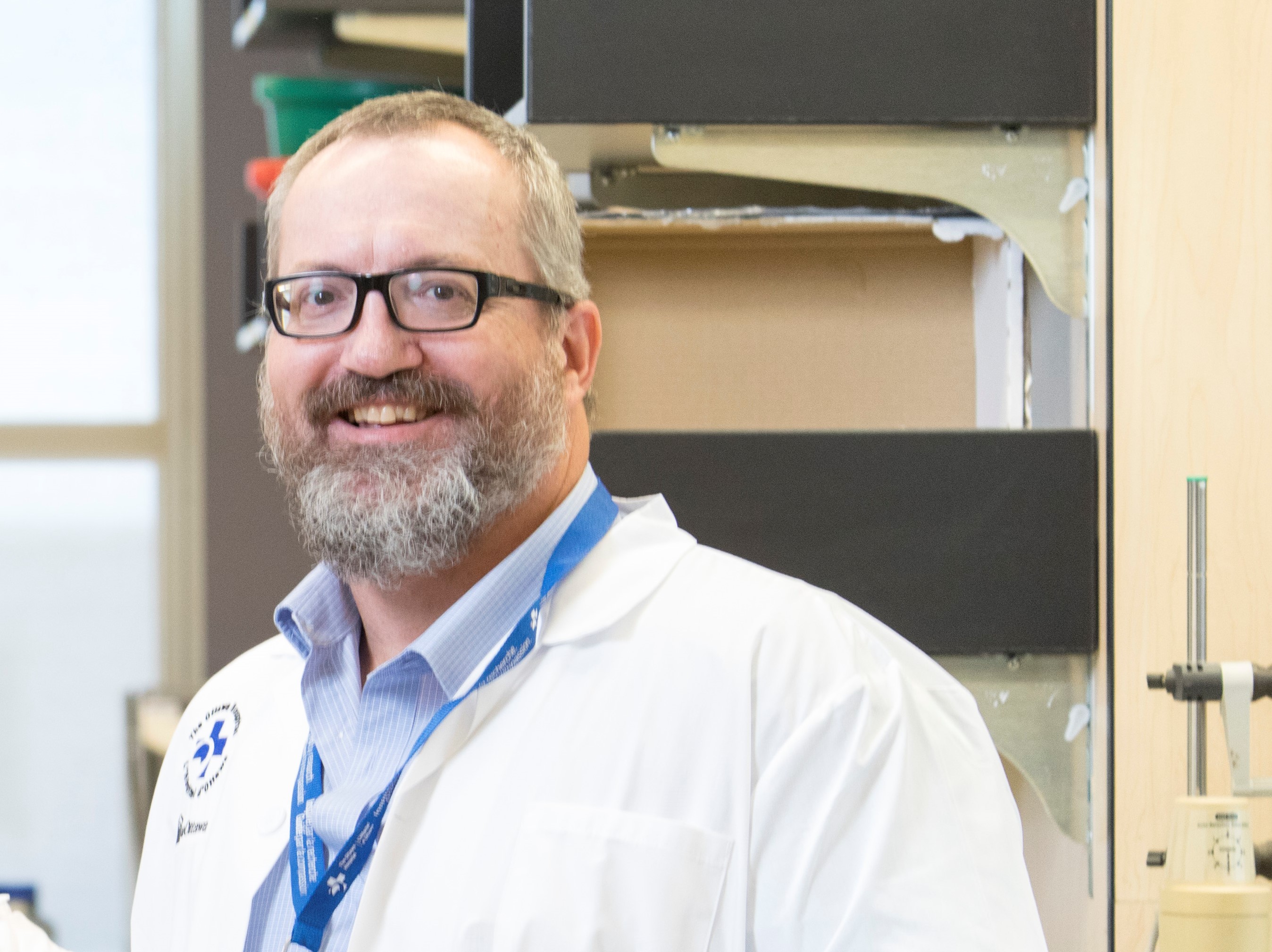 "This new discovery, that cancer cells deploy CAD to break DNA, which in turn protects the cells from the more severe DNA damage that follows radiation treatment, is simply radical," said Dr. Lynn Megeney.A research team from Europe and Canada has discovered that cancer cells break their own DNA in a controlled, reversible way to buy time to repair the massive DNA damage that occurs during radiation treatment. Their research, published in top journal Science, shows that an enzyme called Caspase-activated DNase (CAD) plays a key role in this process and is a promising target for the development new cancer therapies.
"This new discovery, that cancer cells deploy CAD to break DNA, which in turn protects the cells from the more severe DNA damage that follows radiation treatment, is simply radical," said Dr. Lynn Megeney.A research team from Europe and Canada has discovered that cancer cells break their own DNA in a controlled, reversible way to buy time to repair the massive DNA damage that occurs during radiation treatment. Their research, published in top journal Science, shows that an enzyme called Caspase-activated DNase (CAD) plays a key role in this process and is a promising target for the development new cancer therapies.
“The way CAD protects cancer cells from radiotherapy is fascinating and unexpected,” said Dr. Claus Storgaard Sørensen, associate professor at Denmark’s Biotech Research & Innovation Centre (BRIC) and senior author on the paper. “Under normal circumstances, radiation kills cancer cells by causing widespread chromosome damage, breaking DNA. However, radiation also turns on CAD activity that causes its own unique and limited damage to DNA, which cancer cells recognize as a signal to stop growing. Once this stop-growth signal happens, the cancer cell uses this opportunity to repair all the broken DNA and restart its growth. Essentially, the cancer cell uses a controlled form of DNA damage to bypass and repair the damage caused by radiation.”
Dr. Lynn Megeney, senior scientist at The Ottawa Hospital and professor at the University of Ottawa in Canada, played a key role in the research, together with his former PhD student Dr. Brian Larsen (first author on the paper) and former postdoctoral fellow Dr. Ryan Bell.
“This discovery is extremely exciting both biologically and clinically,” said Dr. Megeney. “We had studied CAD in the past, and noted a rather unusual function for this protein, where it directed DNA damage to promote the maturation of muscle stem cells. However, this new discovery, that cancer cells deploy CAD to break DNA, which in turn protects the cells from the more severe DNA damage that follows radiation treatment, is simply radical. By removing CAD from cancer cells, we were able make them much more susceptible to radiation therapy. This discovery could pave the way for new therapies, a new class of cancer drugs.”
Dr. Sørensen notes that the phenomenon is unique to cancer cells, which makes it even more important clinically.
“CAD only tells cancer cells to delay division after radiotherapy; this does not happen to healthy cells, which are not regulated by CAD,” he said. “Therefore, because we know that we are able to inhibit CAD, our discovery can help us target cancer cells exclusively. The ongoing development of CAD inhibitors is expected to result in more precise treatment, reducing the amount of side effects of radiotherapy.”
The researchers behind the new study have already developed a treatment method inhibiting CAD, the effect of which has been proven in simple laboratory tests. But the road to actual drugs inhibiting CAD in people undergoing radiotherapy is long.
“I hope that we will see the first tests on humans within five years. But first we need the pharmaceutical companies to get involved,” said Dr. Sørensen.
In addition to the researchers from Denmark and Canada, the team also includes researchers from Sweden, the Czech Republic and Switzerland.
Full study: Cancer cells employ self-inflicted DNA breaks to evade growth limits imposed by genotoxic stress. Brian D. Larsen, Jan Benada, Philip Yuk Kwong Yung, Ryan A. V. Bell, George Pappas, Vaclav Urban, Johanna K. Ahlskog, Tia T. Kuo, Pavel JanscakLynn A. Megeney, Simon J. Elsässer, Jiri Bartek, Claus S. Sørensen. Science. 29 April, 2022. https://www.science.org/doi/10.1126/science.abi6378
Funding: Danish Cancer Society, the Novo Nordisk Foundation, Danish Independent Research Foundation, Canadian Institutes of Health Research, Czech Science Foundation grant, Swiss National Science Foundation, Swedish Research Council, Danish National Research, Grant Agency of the Czech Ministry of Health, European Union Horizon Program. All research at The Ottawa Hospital is also enabled by generous donors to The Ottawa Hospital Foundation.
Contacts
Canada:
Jenn Ganton
Director, Communications and Public Relations, Ottawa Hospital Research Institute
jganton@ohri.ca
613-614-5253
Dr. Lynn Megeney
Senior Scientist, Ottawa Hospital Research Institute
Professor, University of Ottawa
lmegeney@ohri.ca
Denmark:
Associate Professor Claus Storgaard Sørensen
+ 45 35 32 56 78
claus.storgaard@bric.ku.dk
Press and Communications Consultant Liva Polack
+45 23 68 03 89
liva.polack@sund.ku.dk
